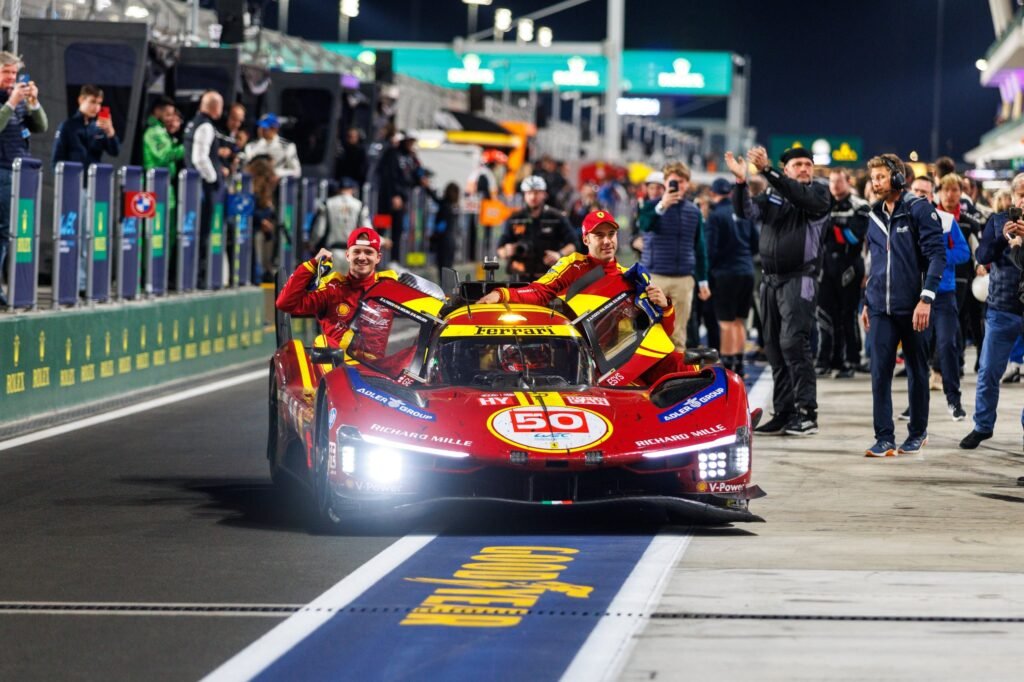The first three races of the 2025 World Endurance Championship season have given us a first glimpse of the current season, which shows a Ferrari that is seemingly dominant and unbeatable in both qualifying and racing.
However, a closer analysis of the data suggests that this may not be the case, with the rivals much closer than they look when considering the sole results.
Today’s article will clarify the situation before the most important race of the year, the 24 Hours of Le Mans, analyzing the overall performance of the various teams.
All of this while also taking into consideration the BoP, one of the most criticized aspects during this season.
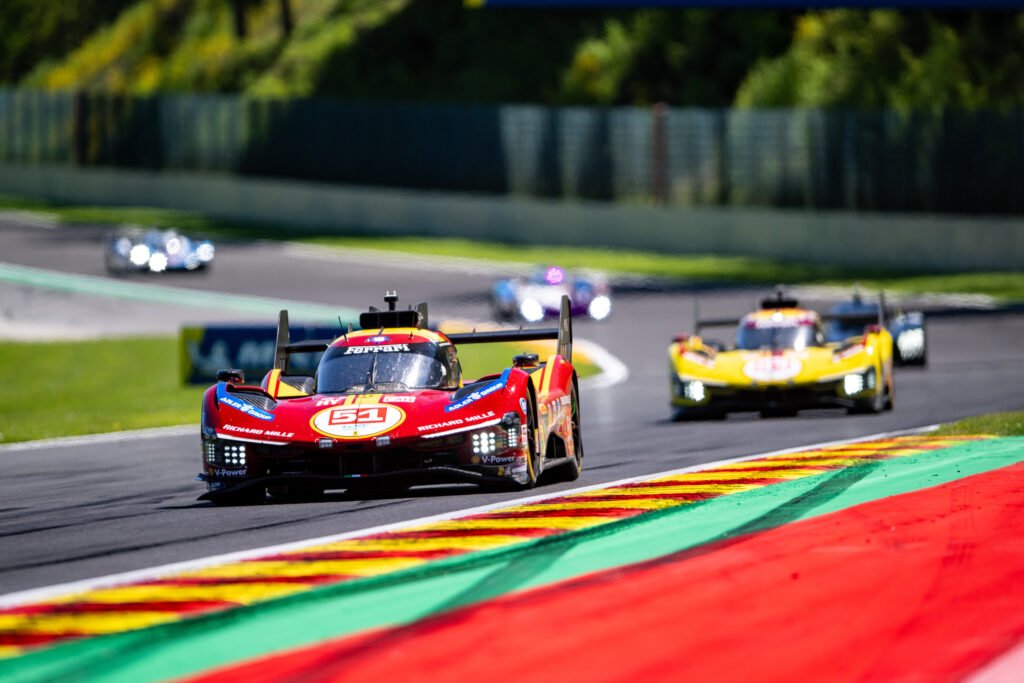
Toyota and Porsche, hide-and-seek or this is their true potential?
The two queens of last season are not having a good time, and now the GR010 Hybrids and the 963 LMDh seem like distant relatives of last year’s world champions. What could have happened?
Certainly, the BoP has played a very active role in reducing the performance of these cars, and it is no coincidence that most of the criticism of this tool comes from these two companies.
At Spa, the Toyotas ran with 480 kW – the minimum achievable with the current regulations – and a weight of 1069 kg. Extremely penalizing values, especially when compared to last year’s – 525kW and 1064kg
And Porsche it didn’t go well at all neither, with a weight of 1,055 kg for 494 kW of power compared to 1,037 kg and 507 kW last year.
However, the current BoP considers an additional parameter compared to last year, namely the power gain above 250 km/h, which for Porsche amounts to 16 kW (2.2%), while Toyota was able to benefit from an additional 40 kW (8.3%).
A significant gain, which on a track like Spa is felt especially on the long Kemmel straight and in the section from Stavelot to the bus stop.
However, the top speed results show discordant values with what was said: they see the Japanese manufacturer at the bottom of the field for top speeds recorded in qualifying (thus without any wake generated by lapped cars), with a delta of 5 km/h compared to Ferrari, which confirms its dominance in the fast sections.
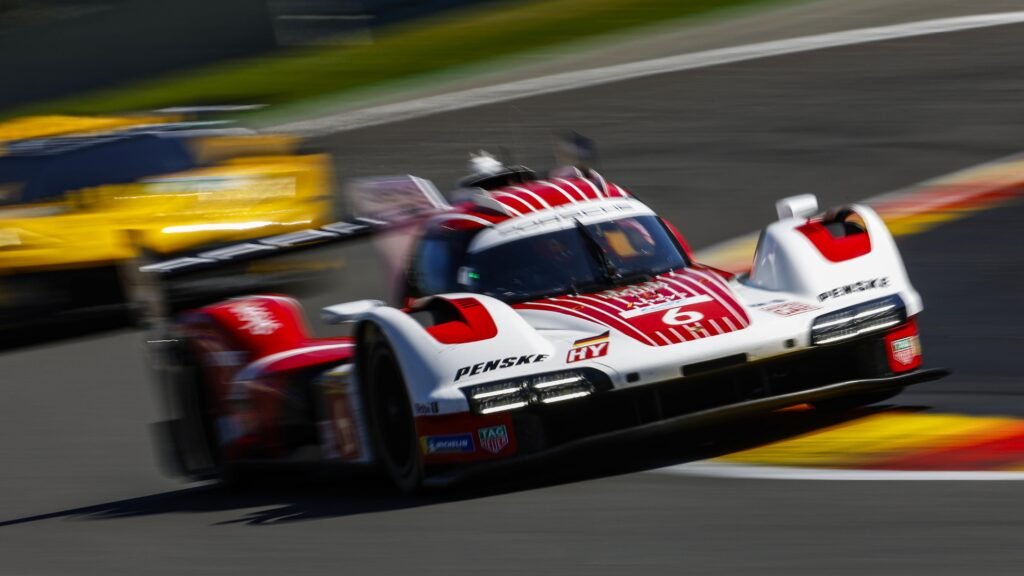
A few perplexities
A decidedly curious fact that raises even more questions when comparing the power of Ferrari and Toyota above 250 km/h, thus also considering the “power gain”: the data tells us about 520 kW for the Japanese, 13 more than Ferrari’s 507.
The GR010 Hybrid has certainly never been the fastest, as it is not extremely efficient in terms of drag compared to the 499P – but to see such significant speed differences draws the attention, especially since these weren’t as pronounced in the past.
Paddock rumours suggest that some teams in the early races of the year played “hide and seek” to enjoy a more favourable Balance of Performance in view of the most important race of the championship, the 24 hours of Le Mans: could Toyota be at the center of these rumors?
Unfortunately, we cannot know, as we do not have the necessary data – ours are basic calculations made with what we have available – and, above all, we do not want to fuel further rumors on the subject, which are spread every year.
We know how skilled the Japanese company is in strategic matters, so it may not be entirely unthinkable that they decided to “bluff,” but Spa is a very important test and, above all, with the current competition, Le Mans is not enough to win a world championship – Ferrari’s last two victories have shown that.
To this is also added the fact that the GR010 Hybrid is based on an outdated platform compared to its rivals, and this must be considered in the overall assessment.
Furthermore, as the recent history of this championship teaches us, FIA and ACO are not new to disasters regarding BoP. Therefore, it cannot be ruled out that they have made a mess this time as well.
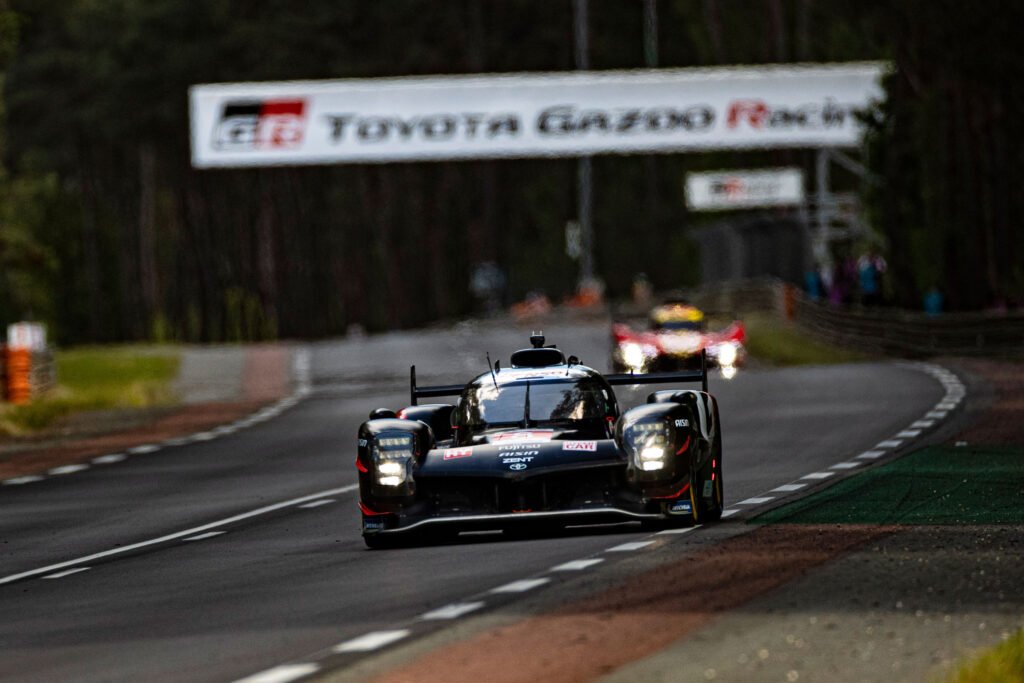
However, there is still some doubt on this last point: Spa was the third consecutive race where Toyota was given extra weight and fewer horsepower, even though it has shown clear difficulties since the beginning of the season.
This inevitably leaves room for further questions: on the one hand, there remains the hypothesis that the data that sees the federation pictures a different situation from what has been seen so far on the track – and we could talk about this aspect for hours; while on the other hand there’s still the more malicious hypothesis that Toyota has “bluffed” to have a better BoP and that in reality, in fact, it has arrived.
Fully revised Balance of Performance
At Le Mans, the GR010 Hybrids will be able to race with the same weight as last year – 1,053 kg, 16 kg less than at Spa – and with 520 kW and a 1.3% decrease above 250 km/h. A situation almost identical applies to Porsche, which will be able to count on 518 kW with an increase of 1% beyond 250 km/h and 1,041 kg.
However, it is important to note that the Balance of Performance at Le Mans is separate from that of the previous races, so it is highly likely that this more favorable BoP would have been achieved regardless of the performances shown in the first phase of the season.
We’ll see what the track has to say, the only true reliable judge. But at this point, if indeed – as they claim – the problem was all in the BoP, then the difficulties shown so far by these two teams should not reappear.
The truth may lie in between: the extra weight certainly crippled the GR010 Hybrids, especially on the tire management side, but at the same time it is highly likely that no team fully revealed its cards to avoid being excessively penalized by the BoP in view of the most important race of the year.
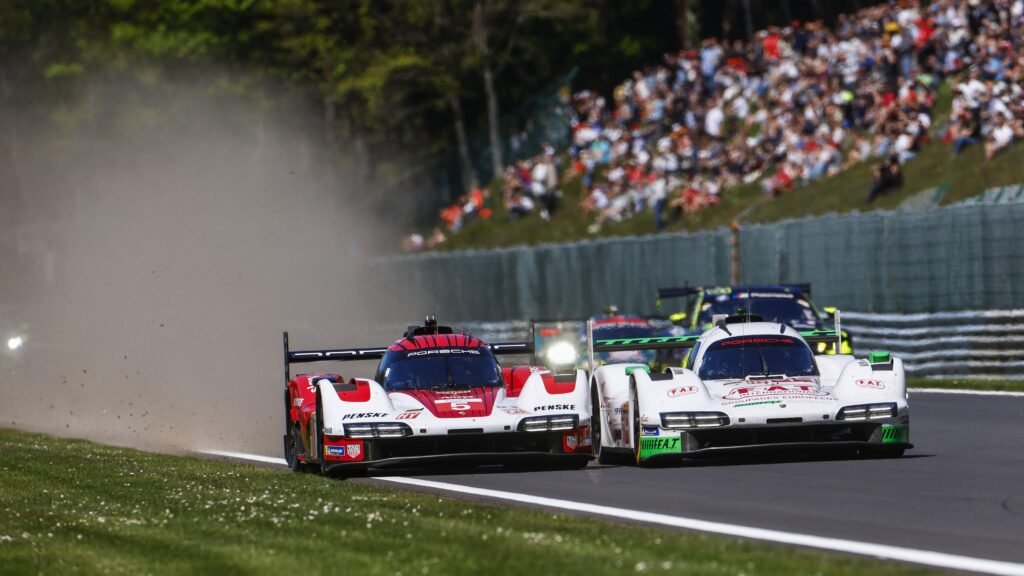
Alpine and Peugeot are growing, now the need is to capitalize
Unlike Porsche and Toyota, the two French companies have heavily invested in the fight for the top spots.
If this is further confirmation of a project that has been growing steadily since the beginning of the season for Alpine, for Peugeot it could finally be the opportunity to achieve a good result with the 9X8, a car that continues to show obvious limitations.
However, despite the excellent pace demonstrated, the impression is that both teams earned less than they deserved on the track: the final standings, in fact, show a third place for the #36 – which for long stretches was in the running for the win – and a DNF for the #94.
The data shows that Alpine was actually faster than both Ferraris on average, which means that there was a lot of potential to win, but bad luck decided to knock on the door of the transalpine house: a slow puncture and a completely changed strategy, just at the crucial moment when the final victory was decided.
Additionally, it seems that Ferrari, as is normal in endurance racing, kept many lap times “in the pocket” and then pulled them out at the crucial moments.
Despite everything, however, the step is there and the A424b is laying increasingly solid foundations for the future: now it’s a matter of capitalizing.
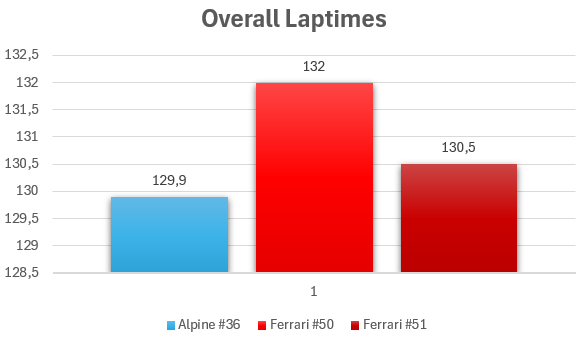
Peugeot, on the other hand, was unable to fully exploit the car’s potential due to a contact that led to the failure of the left rear suspension of the #94, just as it was in the midst of fighting for the top positions.
For them, too, it is a matter of optimizing the results with the package available: Le Mans goes very well with the characteristics of the 9X8, and if these are the premises, the house of the Lion could finally be in the fight for the positions that matter.
A quick look at the rest of the grid
Just behind them, we find an extremely fierce mix of BMW and Cadillac, while much farther behind are the two Aston Martin Valkyries, which – at least in this first part of the season – have played more of the Glickenhaus role than the James Bond role.
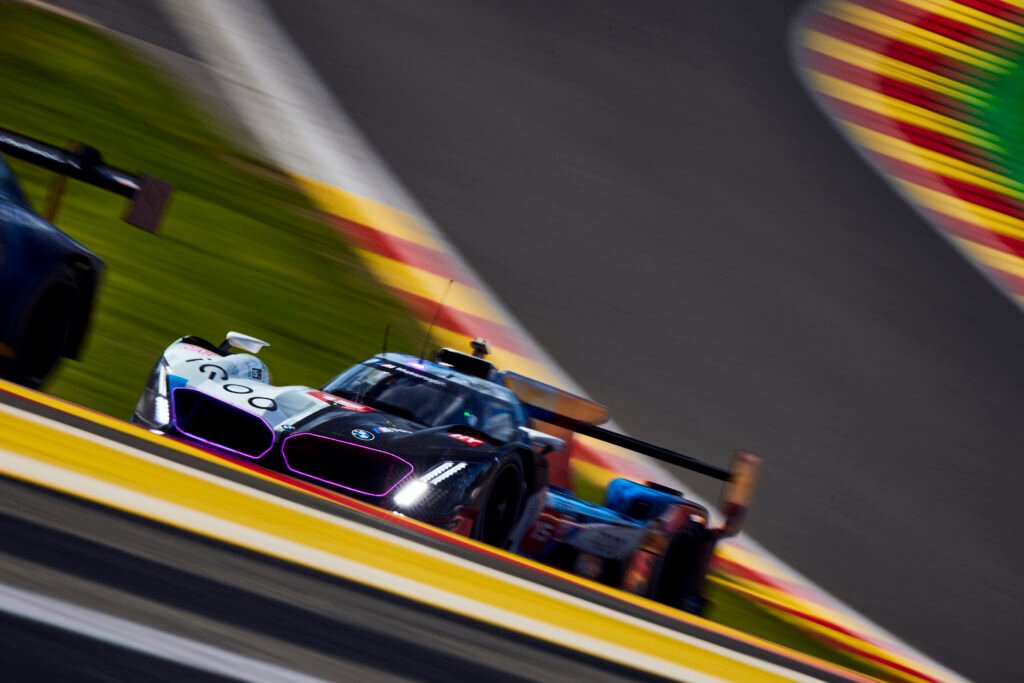
Obviously, in this discussion, we have not considered Toyota and Porsche, as we have discussed them extensively above and a picture emerged from the reading that is extremely delicate and complex.
In conclusion, to answer the question posed earlier: “how will we get to Le Mans?”
While Ferrari seems to be the team to beat, the picture is much more complex: the competition is much closer than one may think and is the most competitive ever, a sign of the great growth of the championship.
We are waiting for the track to speak to get any kind of feedback: the words, the hypotheses and the controversies will soon give way to the facts.
And there, one can no longer hide.


